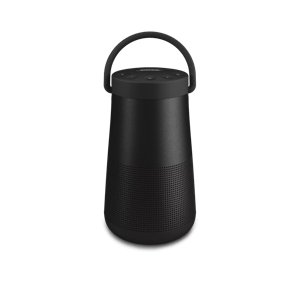Getting a handle on speaker ohms is easier when you’ve got a basic grasp on how speakers work. When you’re in the market for a new set, you’ll likely come across terms like ohms, power handling, watts, amps, and voltage. But when it comes to speaker impedance, it’s the ohm rating that really matters.
Picture the speaker as a pipe, channeling sound as your music passes through it. The bigger the pipe, the more sound it can let through. When it comes to speaker design, low-impedance speakers are like a wide pipe, enabling a greater flow of electricity or sound.
The lower the impedance or ohm rating, the less resistance there is, which allows the speaker to transmit the electric signal or music more effectively. This means a 4-ohm speaker, also often called a low-impedance speaker, can process music or sound that could potentially over-circuit and seriously damage an 8-ohm amplifier.
What can be even more confusing is that the speaker ohm rating can change depending on the frequency it’s handling. For example, when you play a deep bass tone, speaker impedance could jump up to 8 ohms, but a sharp high tone could drop it down to just 2 ohms. According to the Audio Engineering Society (AES), loudspeakers can draw currents up to six times greater than their speaker impedance rating.
Your average home stereo system speaker will likely have a rating of 4, 6, or 8 ohms, and you can usually find the impedance rating on the back of the device. And remember, ohms apply to outdoor speakers too, not just indoor speakers.


